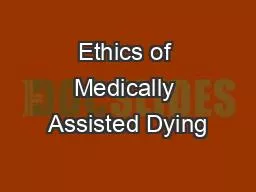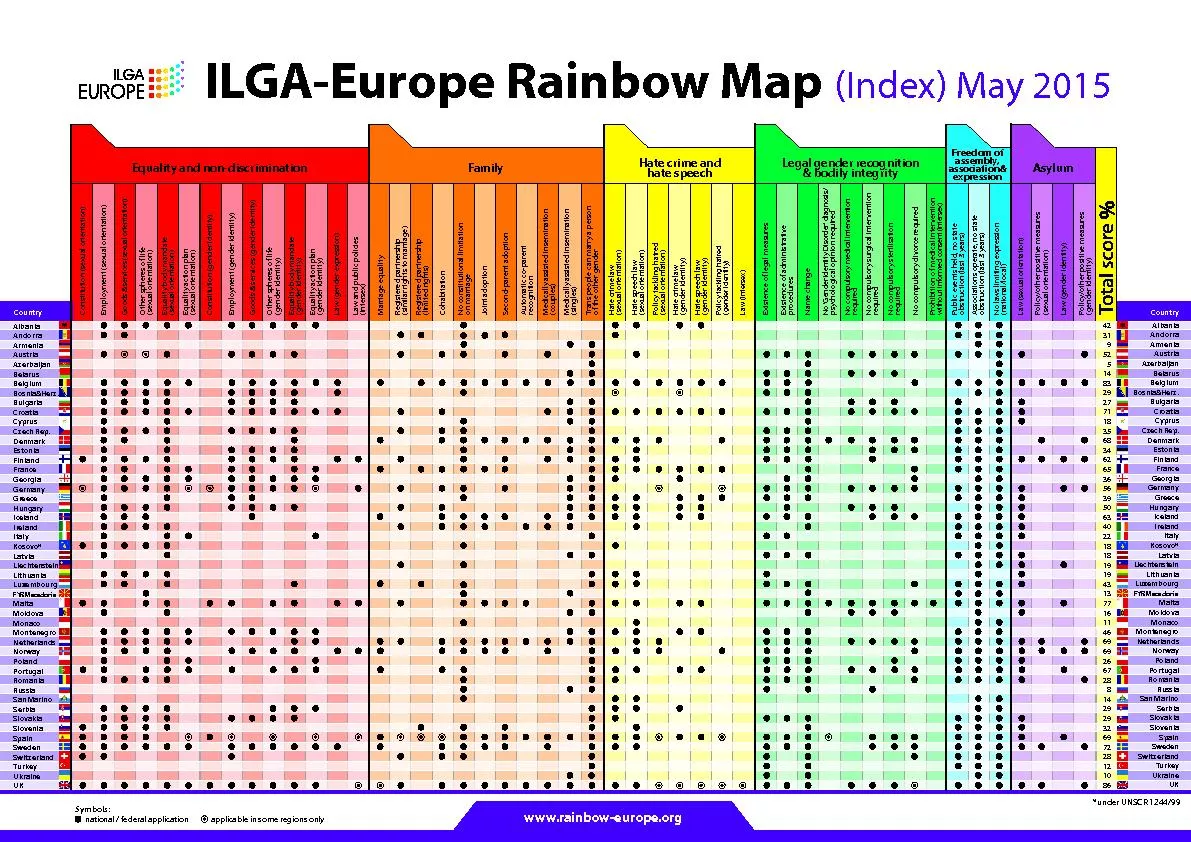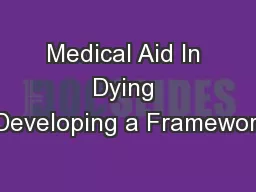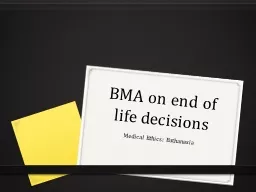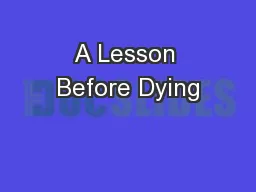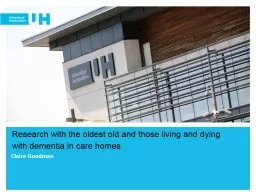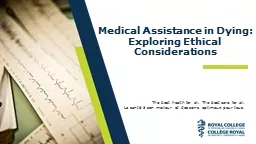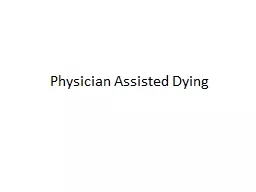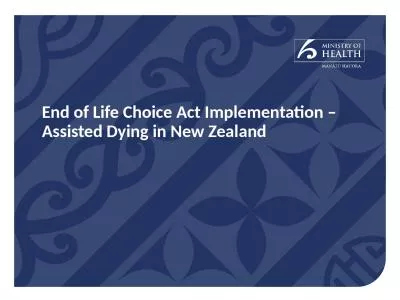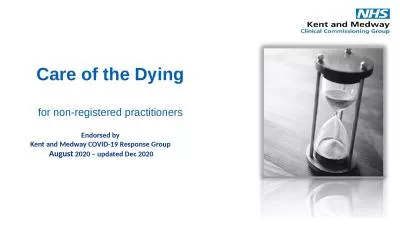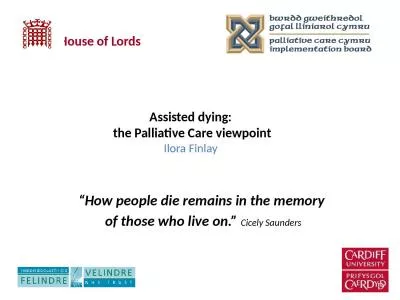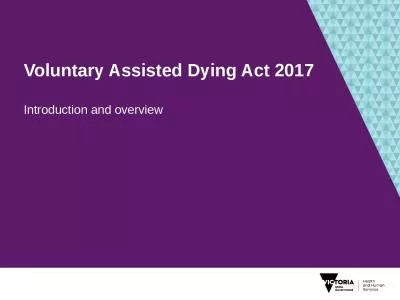PPT-Ethics of Medically Assisted Dying
Author : chipaudi | Published Date : 2020-06-23
Carter vs Canada February 6 2015 5th1st century BCE Greek and Roman social tolerance toward infanticideeuthanasia and suicide 12th15th century CE Christian majority
Presentation Embed Code
Download Presentation
Download Presentation The PPT/PDF document "Ethics of Medically Assisted Dying" is the property of its rightful owner. Permission is granted to download and print the materials on this website for personal, non-commercial use only, and to display it on your personal computer provided you do not modify the materials and that you retain all copyright notices contained in the materials. By downloading content from our website, you accept the terms of this agreement.
Ethics of Medically Assisted Dying: Transcript
Download Rules Of Document
"Ethics of Medically Assisted Dying"The content belongs to its owner. You may download and print it for personal use, without modification, and keep all copyright notices. By downloading, you agree to these terms.
Related Documents

